Will AI revolutionize education for the better?
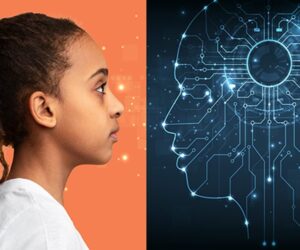
Another thrilling debate with both the propositions Sheila and Teagan and oppositions Deagan and Jessalyn putting forth strong arguments. The debate reflected both enthusiasm and trepidation around the incorporation of artificial intelligence (AI) in education. As AI becomes more ingrained in classrooms, the debate presents fundamental questions regarding the role of teachers, the integrity of learning and the trajectory of future curricula. The opposing sides presented passionate and divergent positions, each stressing the transformative possibilities of AI along with its potential risks.
Sheila and Teagan pointed out that AI was not something to be feared but instead should be seen as a driver for educational innovation. They argued for a change in assessment methods, suggesting that educators should adopt approaches in which AI usage would be reduced or made irrelevant. Their argument is supported by research in the peer-reviewed article “Lessons learned for AI education with elementary students and teachers“, which makes the case for AI literacy among young students. The article presents AI as the next technological advancement and the necessity for citizens to be knowledgeable about AI, both conceptually and ethically. Notably, it points out educator readiness as a critical factor, since teachers’ confidence in AI use significantly influences its adoption in teaching.
Although the call for new testing practices that work around AI might sound like a progressive solution, it threatens to overlook the larger educational opportunity AI affords. Avoidance can create short-term control, but constructive learning of AI in the long-term demands’ integration, thus it’s better to teach AI literacy.
On the contrary Deagan and Jessalyn cautioned that AI has the potential to cause more harm than benefit in education. They contend that overdependence on AI hinders critical thinking, encourages intellectual shortcuts, and compromises the integrity of student work. Among their strongest arguments was that “fast is not always efficient”, a rebuke of the tendency to value AI’s speed over the longer cognitive processes required for substantive learning. This concern is mirrored in the argument posed by Thompson (2025), who contends that AI has created “intellectual roadblocks,” degraded the teacher-student dynamic, and presented a host of ethical and educational issues. Thompson emphasizes that AI is frequently not being utilized constructively and that its presence in the classroom threatens to stifle development rather than promote it.
While the proposition focused on flexibility and the educational potential of AI, the opposition cautioned and called for a recommitment to traditional cognitive growth. There is one point both sides agree on, though: AI in education is unavoidable, it is the “how” that is up for debate. Certainly, AI integration in education is profound and increasingly difficult to disregard. It can provide personalized learning pathways, automate routine administrative tasks, and provide real-time feedback to students and teachers. Such efficiencies enable educators to devote more time to student engagement and creativity. For students with learning differences, AI can provide tailored assistance, such as text-to-speech tools or adaptive testing, making education more accessible.
Conversely, the downsides are no less urgent. Among the most troubling, according to both oppositions and Thompson (2025), the degradation of critical thinking and deep learning. When students use AI to do assignments or provide answers, they can circumvent the mental effort needed to actually learn and implement knowledge. There are also ethical and privacy issues, such as algorithmic bias, data exploitation and lack of transparency regarding how AI systems function. In addition, the digital divide may further expand, with under-resourced schools and students left behind in the AI revolution. While AI planning, clear policy, and a robust ethical framework are necessary to ensure it improves rather than detracts from the learning process.
Finally, AI’s impact on education is not inherently good or bad, but its effects will rest in purposeful implementation. Teachers will not only need to teach with AI but also about AI, raising ethical, knowledgeable users of technology. As researchers, policy makers, and classroom educators of the future, we need to see that AI is not a substitute for human teaching but a tool that. If used judiciously, it may enhance and augment it.
Finally, the debate made it clear that AI’s impact on education is not inherently good or bad, but that its effect will rest in purposeful implementation. Teachers will not only need to teach “with” AI but also “about” AI—raising ethical, knowledgeable users of the technology. As researchers, policymakers, and classroom educators of the future, graduate students need to see that AI is not a substitute for human teaching but a tool that, if used judiciously, may enhance and augment it. The revolution AI threatens is genuine, but its path rests in how boldly and responsibly we lead its integration.

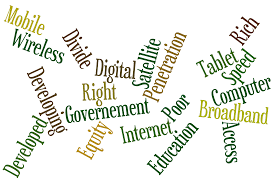
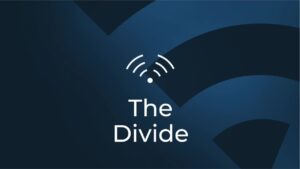 Jillian and Danielle presented opposing views, that despite technology’s potential, ongoing structural challenges like digital divide and uneven deployment of infrastructure, further aggravate existing inequalities.
Jillian and Danielle presented opposing views, that despite technology’s potential, ongoing structural challenges like digital divide and uneven deployment of infrastructure, further aggravate existing inequalities.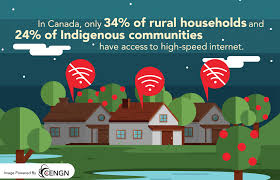 This experience mirrors the findings of a
This experience mirrors the findings of a 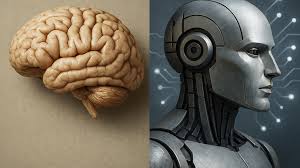
 The conversation is often framed as a binary choice: either we uphold outdated practices or fully embrace a digital-first approach. However, this dichotomy oversimplifies the issue. Foundational skills are not merely relics of the past; they are essential building blocks for cognitive development and digital fluency. I contend that foundational skills in math and literacy form the necessary scaffolding for advanced competencies, such as coding, digital problem-solving, and critical media literacy. My observation is that students who excel in math and reading tend to perform exceptionally well in coding and navigating technology.
The conversation is often framed as a binary choice: either we uphold outdated practices or fully embrace a digital-first approach. However, this dichotomy oversimplifies the issue. Foundational skills are not merely relics of the past; they are essential building blocks for cognitive development and digital fluency. I contend that foundational skills in math and literacy form the necessary scaffolding for advanced competencies, such as coding, digital problem-solving, and critical media literacy. My observation is that students who excel in math and reading tend to perform exceptionally well in coding and navigating technology.

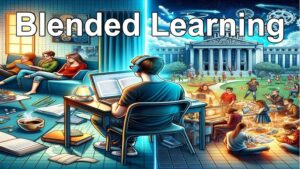
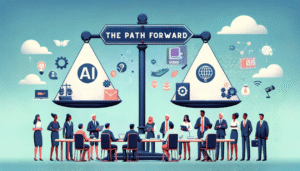

 It can provide personalized learning pathways, automate routine administrative tasks, and provide real-time feedback to students and teachers. Such efficiencies enable educators to devote more time to student engagement and creativity. For students with learning differences, AI can provide tailored assistance, such as text-to-speech tools or adaptive testing, making education more accessible.
It can provide personalized learning pathways, automate routine administrative tasks, and provide real-time feedback to students and teachers. Such efficiencies enable educators to devote more time to student engagement and creativity. For students with learning differences, AI can provide tailored assistance, such as text-to-speech tools or adaptive testing, making education more accessible. 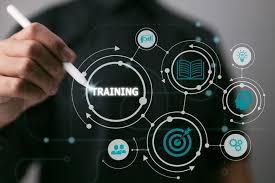
 The use of mobile phones in class is one of the most controversial topics in schools today. My own classroom experience, supported by research, strongly indicates that a complete ban on cellphones is not the answer. Rather, guided integration under a framework of clear rules, supportive school leadership and relational teaching practices can turn cellphones into effective tools for learning. I speak not only as an educator but as a professional who has seen students use their devices responsibly to research, collaborate, and document their learning and practice digital citizenship. With the support of my school administration, we put in place cellphone use policy founded on structure, trust and accountability practices.
The use of mobile phones in class is one of the most controversial topics in schools today. My own classroom experience, supported by research, strongly indicates that a complete ban on cellphones is not the answer. Rather, guided integration under a framework of clear rules, supportive school leadership and relational teaching practices can turn cellphones into effective tools for learning. I speak not only as an educator but as a professional who has seen students use their devices responsibly to research, collaborate, and document their learning and practice digital citizenship. With the support of my school administration, we put in place cellphone use policy founded on structure, trust and accountability practices. 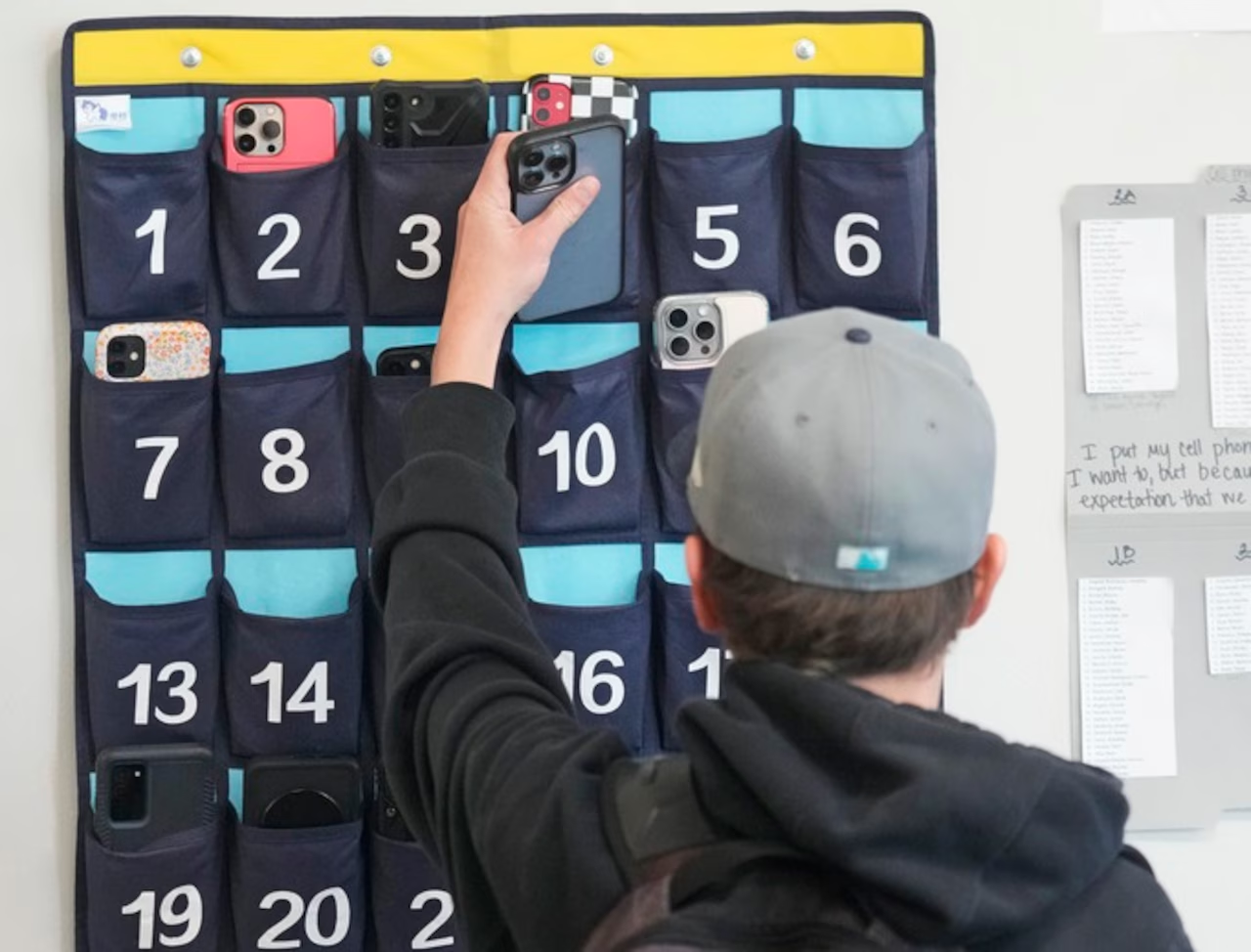 The outcome? Most students responded using their devices purposefully, respectfully and productively.
The outcome? Most students responded using their devices purposefully, respectfully and productively.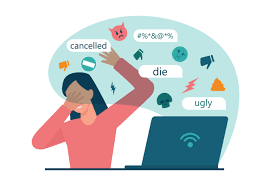 As a teen, while I have been distracted by a cellphone (not detrimentally), I have never felt the need to cyber bully anyone or feel “less than” due to social media feedback. Why? My moral compass would not allow it. Surely, times have changed and there are more apps and content now; but I can safely say the same for a lot of my students. Additionally, I was taught and supported to think highly of myself and to do to others what I would want them to reciprocate. Rather than a knee-jerk prohibition of cellphones, why not provide that kind of support for our students?
As a teen, while I have been distracted by a cellphone (not detrimentally), I have never felt the need to cyber bully anyone or feel “less than” due to social media feedback. Why? My moral compass would not allow it. Surely, times have changed and there are more apps and content now; but I can safely say the same for a lot of my students. Additionally, I was taught and supported to think highly of myself and to do to others what I would want them to reciprocate. Rather than a knee-jerk prohibition of cellphones, why not provide that kind of support for our students? Conversely,
Conversely, 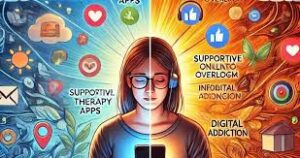 Mental health issues should not bring us to digital abstinence but to digital mentorship. Students are not digital natives by default; they require guidance. As the scoping review from Campbell et al. (2024) points out, banning phones may ironically place the onus of teaching digital literacy on families who do not feel prepared to do so. Teachers can host “tech-check-in circles” where students discuss what they witness online, both the inspiring and the toxic. These discussions can enrich our understanding of digital wellness and emotional resilience when a student is involved in online drama, our conversation doesn’t start with punishment —it starts with connection. As educators, our job is not only to shield students from harm but to equip them to thrive in the space they already occupy. Cellphones are not destroying classrooms—misuse, digital ignorance, and policy implementation is.
Mental health issues should not bring us to digital abstinence but to digital mentorship. Students are not digital natives by default; they require guidance. As the scoping review from Campbell et al. (2024) points out, banning phones may ironically place the onus of teaching digital literacy on families who do not feel prepared to do so. Teachers can host “tech-check-in circles” where students discuss what they witness online, both the inspiring and the toxic. These discussions can enrich our understanding of digital wellness and emotional resilience when a student is involved in online drama, our conversation doesn’t start with punishment —it starts with connection. As educators, our job is not only to shield students from harm but to equip them to thrive in the space they already occupy. Cellphones are not destroying classrooms—misuse, digital ignorance, and policy implementation is.
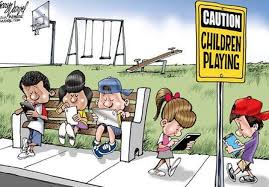

 This activity does not destroy childhood; it enriches it beyond the confines of time, geography and even imagination.
This activity does not destroy childhood; it enriches it beyond the confines of time, geography and even imagination. As parents and caregivers, we are to be open-minded about this trajectory and balance the contemporary withe the conventional. My son is enjoying his childhood and social media is far from stealing his childhood innocence. He engages in several outdoor activities when he is not on social media. Guided digital participation provides children with autonomy tools, creativity, and global citizenship; while permitting them to be unapologetically, children who, like my son fantasize about planets.
As parents and caregivers, we are to be open-minded about this trajectory and balance the contemporary withe the conventional. My son is enjoying his childhood and social media is far from stealing his childhood innocence. He engages in several outdoor activities when he is not on social media. Guided digital participation provides children with autonomy tools, creativity, and global citizenship; while permitting them to be unapologetically, children who, like my son fantasize about planets.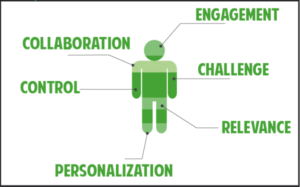

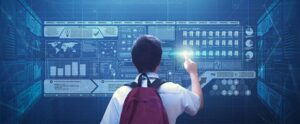
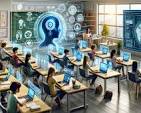

 Hello! I’m Sádi—a Jamaican national currently residing in Regina, Saskatchewan, with my husband and two kids for the past 19 months. Before migrating, I taught business at the secondary level for over a decade. As a teacher, I enjoyed shaking things up with the use of technological tools such as
Hello! I’m Sádi—a Jamaican national currently residing in Regina, Saskatchewan, with my husband and two kids for the past 19 months. Before migrating, I taught business at the secondary level for over a decade. As a teacher, I enjoyed shaking things up with the use of technological tools such as 
